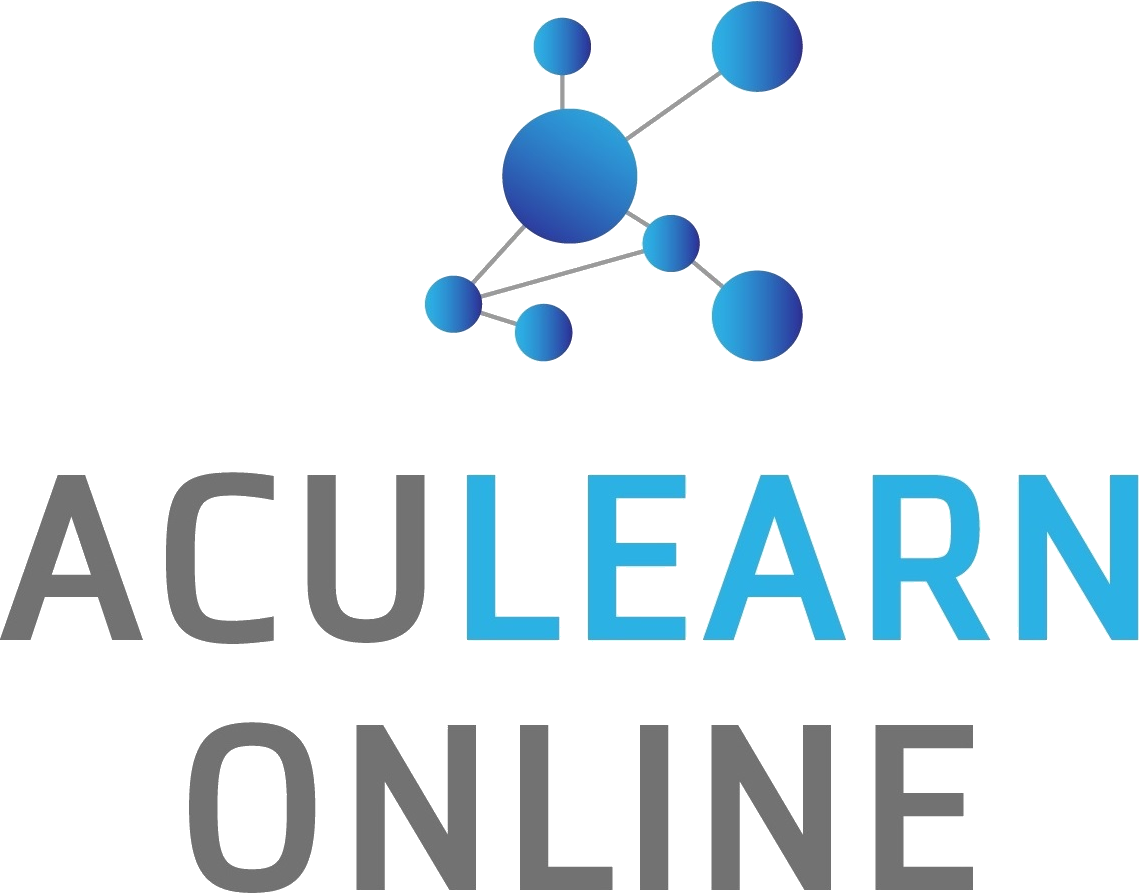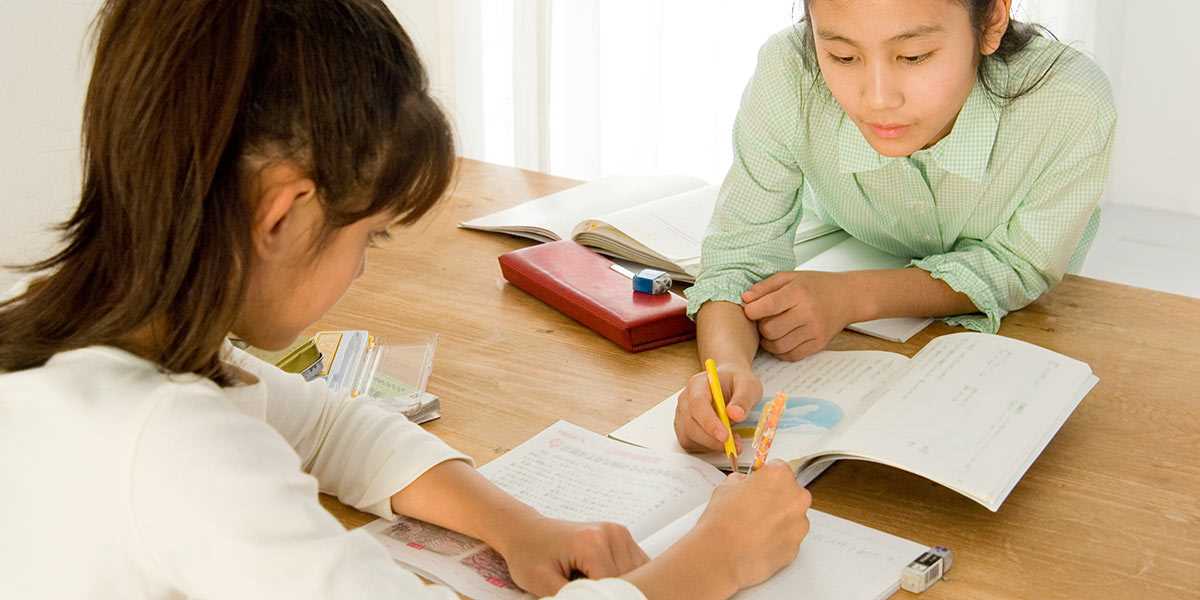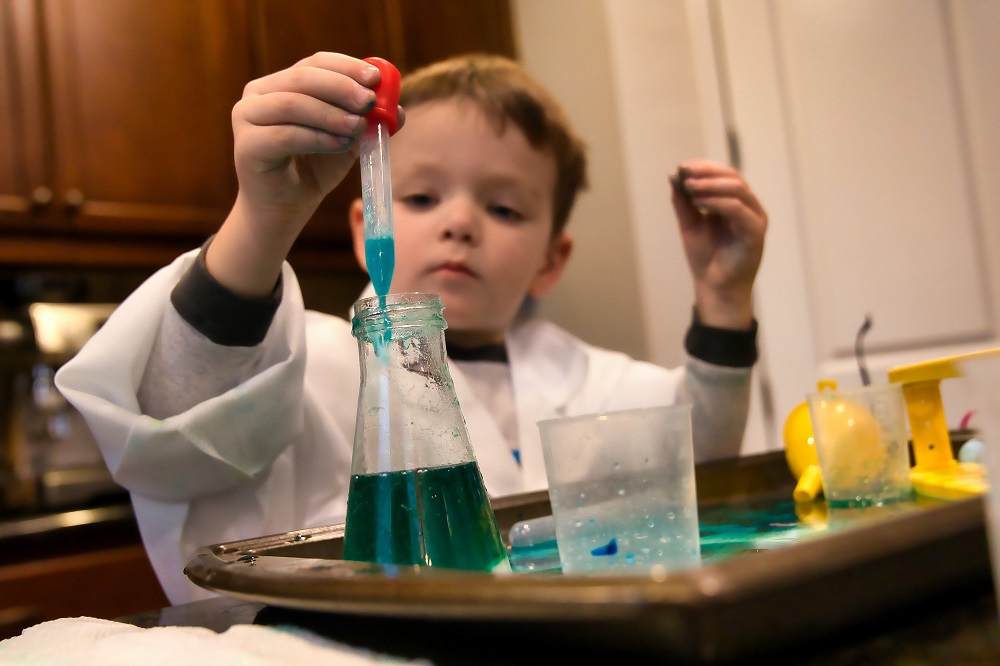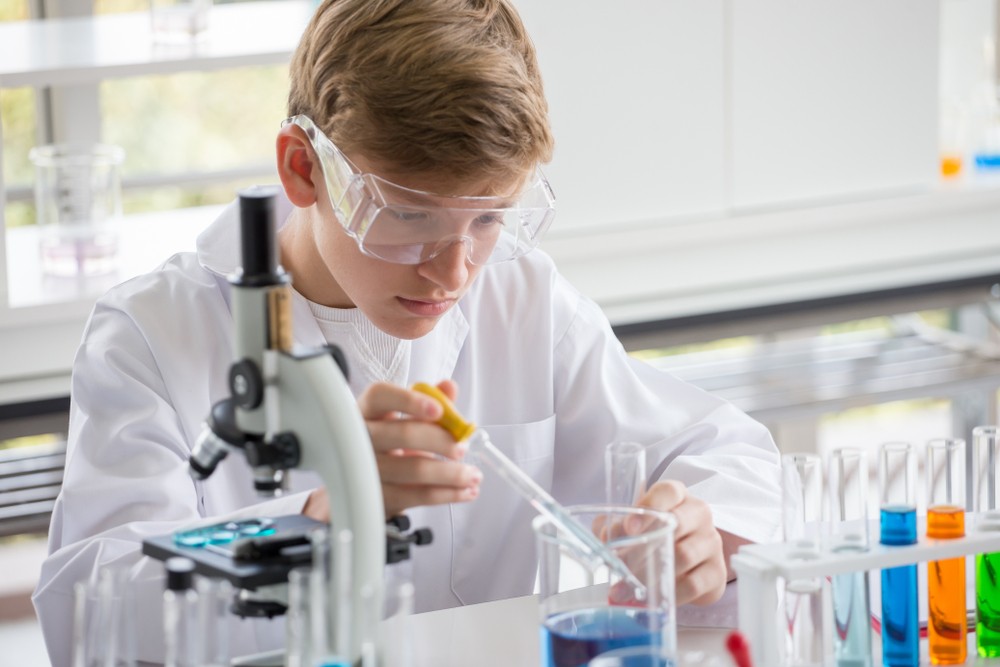Maths can be both an easy and challenging subject. While it is one of the few subjects that students can get a perfect score in, it is also just as easy to make careless mistakes or even misunderstand an entire concept, whether it is K2 Math or JC Maths. Fortunately, with enough practice, it is definitely possible for anyone to clinch that “A” in Maths. Let’s talk about some common questions students often ask us when it comes to K2 Math and JC Maths.
How can I complete questions faster?
One of the biggest problems our students face is not being able to finish their Maths paper on time, especially with higher level subjects such as JC Maths. If you are experiencing the same problem, fret not, this does not have to be a problem forever. The main reason why students may take longer than they should to complete some questions is because they have insufficient experience with the particular question type and need to think their next steps through. Ideally, with enough practice under your belt, you should be able to solve most Maths questions naturally without hesitation.
To identify the areas where you may need more practice, try timing yourself for each question. Look at the number of marks the question allocates, especially for multi-part questions. If you are taking more than a few minutes to answer a part that is worth only two to four marks, it may be a sign that you need to be more familiar with that question.
Do I need Maths tuition to score well in Maths?
With the majority of students attending tuition these days, those who do not have Maths tuition may wonder if they are missing out. Maths tuition is definitely not a prerequisite for scoring well in Maths, but it can help you get that leg up if you need some clarification or study help.
The main plus point that Maths tuition provides is a tutor who can explain a model answer and give tips for exams. With enough hard work and dedication, it is definitely possible to score well in Maths just by practising on your own. However, if you feel that you need the extra guidance or discipline, it could help to consult a tutor. You may not need a tutor all the way through your school years – some students may find one term of sessions helpful to give them an extra push, and then they are able to float on their own.
Do I need to be good in mental sums?
For K2 Maths, children should be able to solve simple mental calculations, such as adding single digit numbers. While mental sums are generally not required until Primary school, it is still a good idea to train children in mental calculations early on as a good foundation for their later years.
Students are allowed a graphing calculator in JC Maths papers, but it does not mean that they should become too reliant on calculators for simple operations. In fact, having to key in straightforward addition or subtraction equations into a calculator may hinder your speed in completing the paper. Always double check more complex calculations, but being familiar with common multiplication tables can help you to work a question out faster.
How much of Maths will I use in real life?
After a gruelling paper marking the end of your Maths studies, all you may want to do is to put that stack of Maths notes aside and forget all about it. But is there a shred of important information in there that you may need to use in real life? This is a question we often hear from our students.
For K2 Maths, don’t put everything aside just yet. The content that children learn in kindergarten is not just used in practical situations, it is also the foundation they need to excel in Primary, Secondary and JC Maths. In fact, most Primary One students soon realise the huge jump in difficulty from their kindergarten Maths material. Even after school’s out, we highly recommend parents to help keep their children’s minds sharp during their break before starting Primary school. Once children have the basics of K2 Maths down, lower Primary Maths becomes a piece of cake.
On the other hand, JC Maths may appear less applicable in real life. Who needs to remember how to calculate trigonometry and integrations if they’re not planning to become a mathematician, scientist or engineer? While most people will probably never use most of their JC Maths knowledge in daily life, there are still plenty of problem-solving skills there that had been built up over time, all the way from kindergarten until JC. Additionally, students taking seemingly unrelated STEM courses in university may find themselves revisiting their old JC Maths notes for some core Maths modules in their curriculum. You never know when JC Maths may come in handy, so don’t skimp on the effort. At the very least, taking high-level Maths in JC can equip you with plenty of soft skills that will be useful later on.












